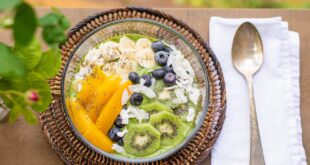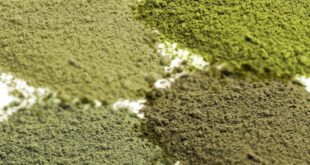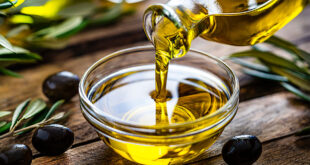Pathogenic microorganisms or toxins. Those are the elements that can be “in excess” in food and cause us from mild gastrointestinal discomfort to colitis or even kidney damage.
The symptoms are usually abdominal pain, vomiting, and diarrhea, and sometimes fever. We must remain vigilant because if it is not just a low-grade fever, these symptoms may be warning of a serious disorder caused by some contaminated food.
The most common cause of these poisonings is the bacteria ” Salmonella “, whose risk factor is the consumption of raw or undercooked eggs. During the summer period, when temperatures are higher, the probability of getting intoxicated with this bacteria increases.
For this reason, it is necessary to take into account a series of precautions that will guarantee health and prevent the appearance of possible food-related poisonings. Keep them in mind!
Avoid spreading bacterias
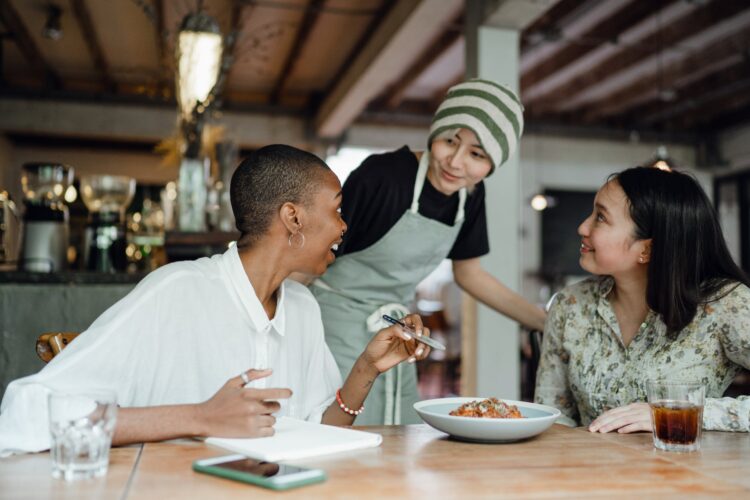
High humidity and high temperatures favor the rapid growth of microorganisms that are the cause of food poisoning, which, according to statistics, most often occurs at home.
Contaminated food does not always look bad and that is why it is essential to put in place preventive measures.
- First, clean hands. It is the previous step so that a bacteria already present does not spread. Do it before and after handling food, and every time you change tasks. And remember to protect any cut.
- Watch out for cross-contamination. Clean all your work surfaces because the contaminated remains of food can stay there and go to another product that you place in the same place.
- Cutting boards: better to have several. Clean and disinfect them after preparing each food, especially if they have indentations from knife cuts. Do it like this: sprinkle with baking soda and rub with a cloth soaked in lemon juice. Then rinse well.
- Kitchen towels: wash and lay fast. Wash the cloths frequently at high temperatures (more than 60 degrees). Put them to dry quickly to avoid the multiplication of any microorganism present in them.
- The pads, change them often because they are an ideal habitat for germs: there are moisture, heat, and food scraps.
- If you use a blender, food processor, juicer … take it apart and wash the rubber gaskets especially.
Where the germs are hidden?
Some are already present when buying food because they ‘live’ in the intestines of certain animals (birds, veal, pig, crustaceans …); others proliferate in your kitchen due to incorrect handling.
- Undercooked meats: may contain E.coli, Salmonella, or Campylobacter. You should store them at -5º until they are cooked and make them at more than 65º.
- Canned Damaged: If the can is bulging or knocked, it may contain the bacteria Clostridium botulinum. Throw it away and better not make homemade preserves in summer.
- Other Microorganisms: Escherichia coli ‘colonizes’ fruits and vegetables, and your nose may contain Staphylococcus aureus.
- Viruses: they do not have the capacity to multiply in food, but they do have high infective power. If they are present, in any quantity, they can cause disease.
- Bacteria: if the food is in the fridge (between 0 and 4º) they are inactivated. Outside the refrigerator, in just 20 minutes they have multiplied by 2.
The eggs, a special case

Any preparation with raw or poorly cooked eggs can cause salmonellosis. If it occurs, the symptoms usually do not last more than 7 days, but in specific cases, it can become severe.
- Buy the eggs with the clean shell.
- Do not wash them until you are going to use them.
- Do not use the shell to separate the yolk.
- Do not crack it in the bowl where you are going to beat them.
- If you don’t eat it right away, store it in the fridge until use.
More tips to eat safe
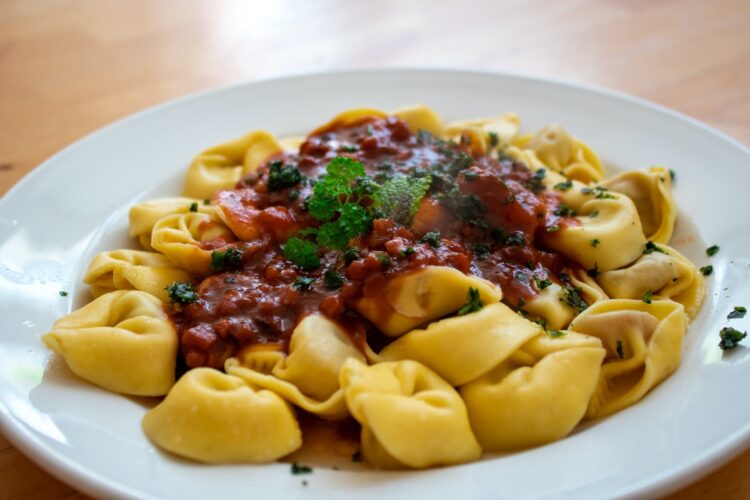
Don’t make big purchases. The recommended thing, for example, in the case of meat, is that you consume it within two or three days from when you buy it.
- During the purchase, transports meat, poultry, and fish in isothermal bags to separate them from other food. Choose meat trays that do not contain liquid, but if you buy it with it, put it in another smaller bag so that it does not come into contact with the rest of the meat and fish. Do not take more than half an hour to get home because that is enough time for any microorganisms present to proliferate, and increases the risk of contamination, making it more difficult to eliminate them completely during cooking.
- Ask that the meat be minced at the moment since if it is already minced the probability of containing bacteria is higher since the surface of contact with the outside is greater (and more porous). If this is not possible and the purchase is already chopped, choose the one that has been kept wrapped in plastic.
- When you get home, immediately store the food in covered containers and separate the raw from those that are already cooked.
- In the fridge, the optimum refrigeration temperature ranges from 0º to 5º. It is convenient not to overload it (it would be difficult to maintain the correct temperature) and to place the food separated from each other and so that they do not touch the bottom wall. Put meats and fish at the bottom so if they drip they won’t permeate any product.
Preparation is important

There are products that you must wash thoroughly to eliminate or reduce its possible bacterial load; others, however, should not be put under the tap.
- Vegetables: It is preferable to remove the outer leaves of the lettuce and green leafy vegetables (which are those that have come into contact with the ground and may contain more bacteria), then separate the rest of the leaves and leave them in water with a few drops of vinegar about 20 minutes.
- Meats: Do not wash them before cooking: if they contain any bacteria, they will spread throughout the meat or in the kitchen.
- Kitchen utensils: As you can read at trendlor.com not only does your food need to be cleaned correctly, but you have to take care of utensils also. Clean them well not only before and after using it, but also when you go to handle another product.
Conclusion:
Consume it right away once done because if any microorganism is left, in half an hour it has proliferated. Remember that bacteria proliferate better and faster in humid environments and at high temperatures.
 Hi Boox Popular Magazine 2024
Hi Boox Popular Magazine 2024

